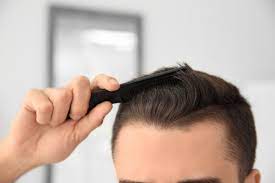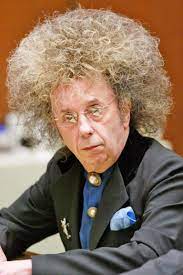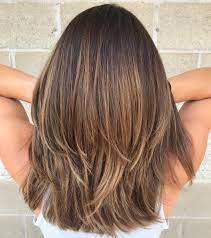
Receding front hairlines are a common problem among men and women, though unfortunately not preventable. Early diagnosis and treatment increase your odds of stopping further loss while potentially regrowing it altogether.
Causes
– Hereditary male or female pattern baldness is usually to blame for receding hairlines. This involves thick terminal follicles converting into thinner and finer vellus hair that falls out over time. If damaged follicles cannot produce enough new hair, hairlines recede more significantly than expected.
– Changes to your hairstyle may help to cover up a receding hairline. Try a deep side part, fohawk, or slicked-back undercut to make your locks appear thicker and cover any receding edges.
– Sleep, nutrition, and natural hair products may help to improve thinning hair or receding hairlines. Consider addressing stress factors that could exacerbate this condition.
Symptoms
– Receding hairlines in men can indicate male pattern baldness, while in women, it may be due to frontal fibrosing alopecia, scarring of the scalp, or hormonal fluctuations associated with menopause.
– Early intervention and seeing a dermatologist for treatment could prove beneficial. They can offer advice and treatments to stop further hair loss and help regrow your existing line.
Treatments
– Common treatments for receding hairlines include medications like minoxidil and finasteride, laser therapy, PRP therapy, and hair transplants.
Natural hair products without chemicals, such as aloe vera, Triphala, and shikakai, can stimulate healthy hair growth and nourish hair follicles.
Consultation and Professional Advice
– If an underlying condition causes your receding hairline, consult a dermatologist or physician immediately to establish the source of the problem and recommend treatments.
– Treatment options may include hair transplantation, scalp micro pigmentation, laser therapy, and micro pigmentation treatments.
– Practice good hair hygiene, use natural products, maintain a nutritious diet, manage stress levels effectively, prioritize sleep, and exercise regularly to promote hair health and growth.

